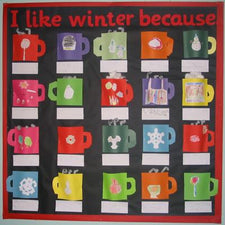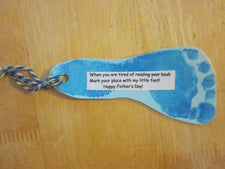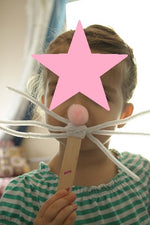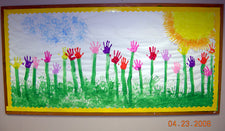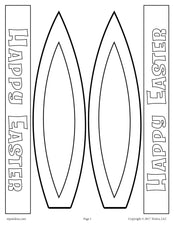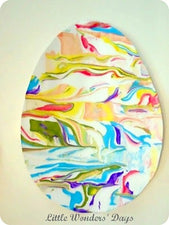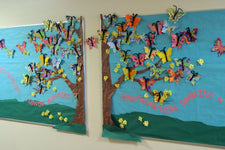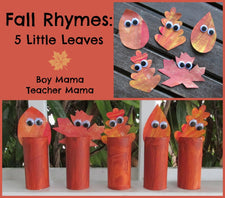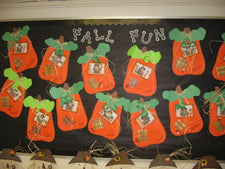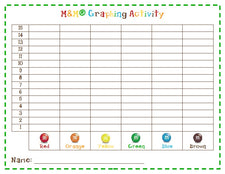Discovering the World - Preschool Science Activities

As the teacher or parent of a preschooler, science {like art!} is more about providing unique exploratory experiences, offering opportunities for open-ended discovery, and the process than it is about fancy language and accuracy. As Tami of Learning and Teaching With Preschoolers writes, "to learn about science is to learn how...
- To think
- To comprehend
- To apply
- To analyze
- To synthesize
- To evaluate."
Successful scientific explorations will provide students with the necessary skills for future learning, in science and in all other areas of life. Here are a few fun lesson ideas to jump start your science curriculum. Buoyancy & Color Mixing
Children will use water and shaving cream to explore buoyancy - the ability of an object or substance to float when placed in water. As an added exercise, students will explore color theory, specifically color mixing, using eyedroppers and food coloring or liquid watercolors. This activity will also provide students with the opportunity to compare reactions {shaving cream vs. liquid color} - the shaving cream is buoyant while the drops of color penetrate the layer of cream and diffuse into the water - and build fine motor skills as they transfer color to their cups.
Snail Painting
Children will explore snail trail patterns in this fun activity that uses non-toxic watercolor paints and real snails. Create fun artwork, set up long sheets of paper and blocks for snail "races", and experiment attracting the snails using different degrees of dark/light.
Worms & Math
This activity will also allow your students to interact with living creatures! On a rainy day, go on a scavenger hunt for earthworms, discussing why thunder/rain storms make the best time to find worms {and how birds attempt to simulate rain storms in order to draw worms out!}. Collect several specimens in cups, taking them back in the classroom for closer investigation. Place each worm on a tray lined with paper, numbering each tray for comparison, and once again, use water colors to explore their worm trails. Provide students with magnifying glasses, inviting them to take a closer look at the worms, and then take and compare the length measurements of each specimen. Consider measuring the worms in several different "units" (i.e. blocks, stickers, inches, etc.).

